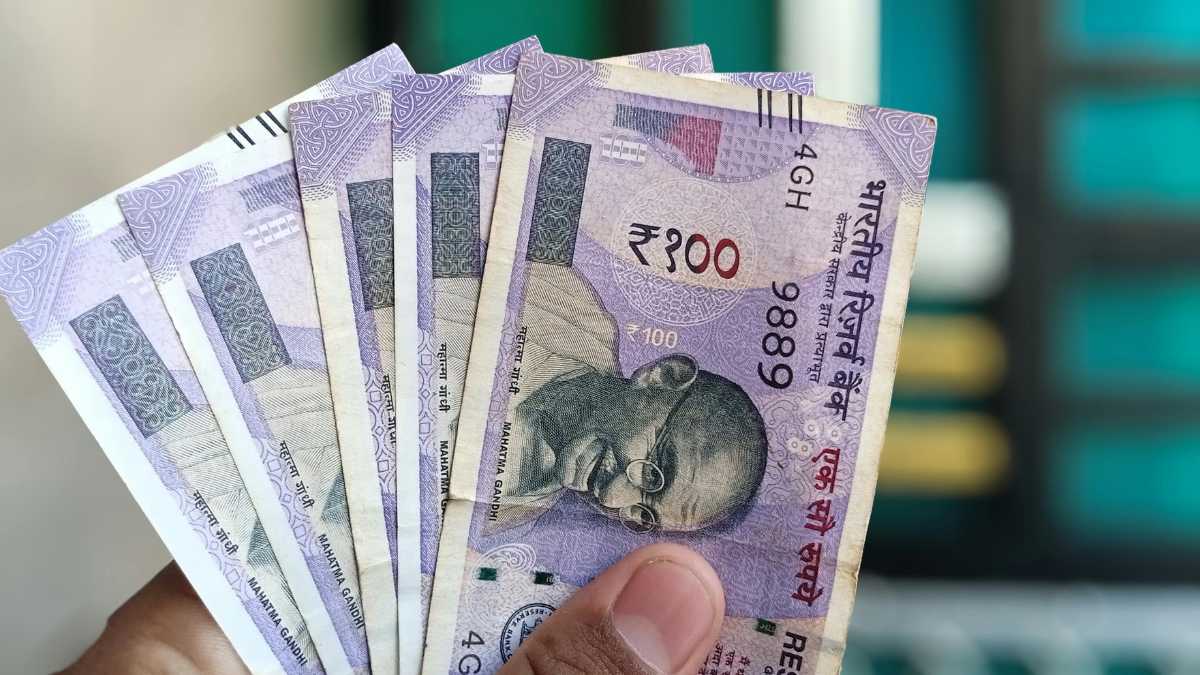With Dhanteras and Diwali around the corner, jewellers across India are witnessing a surge in footfall as people line up to buy gold, a timeless symbol of prosperity and good fortune.
But as gold prices soar to record highs this festive season, ensuring you are getting what you pay for has become more important than ever. Experts advise that understanding gold purity and knowing how to test it can protect buyers from fraud and help them make smarter investment choices.
Gold purity is measured in karats (K) or fineness, and it directly determines both the quality and value of your jewellery or investment.
While pure 24-karat gold contains 99.9 per cent gold, most jewellery is made from gold alloys mixed with metals like copper or silver to increase strength and durability. Common purities include 22K (91.6 per cent), 18K (75 per cent), and 14K (58.5 per cent).
Understanding Hallmarks and Karats
In India, the Bureau of Indian Standards (BIS) certifies the authenticity and purity of gold. Every hallmarked piece carries a BIS logo, a karat mark (such as 916 for 22K gold), and a Hallmark Unique Identification (HUID) code: a six-digit alphanumeric code unique to each item. This helps track its origin and assures buyers of its authenticity.
According to industry experts, customers should always insist on BIS-hallmarked gold while purchasing jewellery, especially during high-demand seasons like Dhanteras.
Simple Ways to Check Gold Purity at Home
While hallmarking remains the most reliable indicator, several quick methods can help you test gold authenticity at home:
- Magnet Test: Pure gold is non-magnetic. If your jewellery is attracted to a magnet, it likely contains other metals.
- Vinegar Test: Drop a few drops of vinegar on the gold piece. If the colour changes, the gold is impure.
- Float Test: Real gold is dense and sinks in water, while fake gold tends to float.
These simple checks offer initial verification, but professional testing remains the most accurate way to confirm gold purity.
Professional Testing Methods
Jewellers and gold testing centres use advanced methods to determine gold content precisely:
- Acid Test: A drop of nitric acid is applied to a small scratch on the gold surface. The reaction reveals its karat level.
- X-Ray Fluorescence (XRF): This non-destructive test provides instant results on gold composition and purity.
- Density and Ultrasonic Tests: These measure the density and internal consistency of gold items, ensuring there are no hidden alloys or impurities.
These professional tests, while more technical, give a higher level of assurance, especially useful when buying gold for investment or resale.
Why Gold Purity Matters During Dhanteras
For Indian households, buying gold on Dhanteras is more than a tradition; it is a financial decision intertwined with faith and foresight. Low-purity or fake gold not only affects the resale value but can also create problems when seeking gold loans or exchanging jewellery later.
Financial planners recommend verifying purity before purchase and retaining purchase bills and hallmark certificates for future transactions. With global prices rising and festive demand peaking, ensuring authenticity helps protect both sentimental and financial value.





